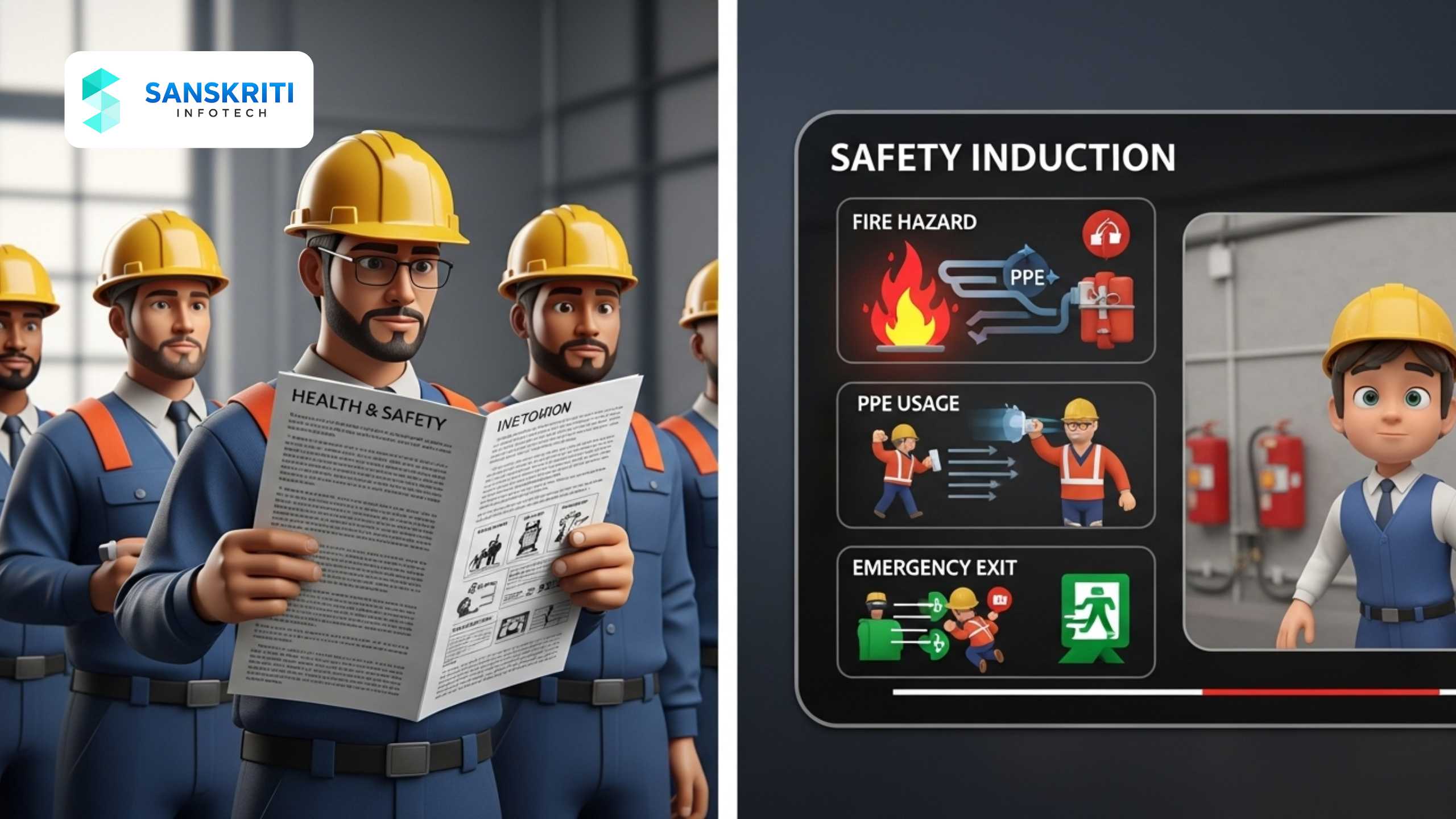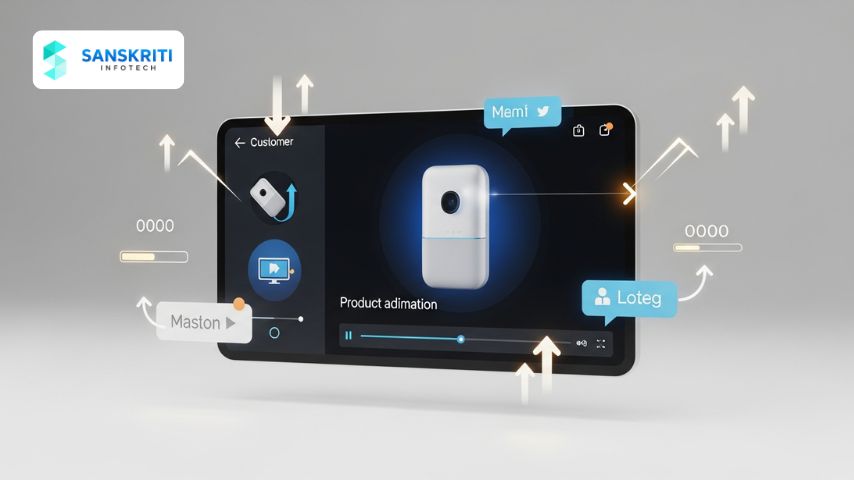Table of Contents
Introduction
Health and safety induction programs are vital for familiarizing new employees, contractors, and visitors with workplace protocols and potential hazards. Yet many organizations still rely on static slides, dense manuals, and verbal explanations—methods that often fall short in engagement and retention.
In today’s fast-paced industrial environments, 3D animation has emerged as a powerful tool to enhance the effectiveness of health and safety inductions. With immersive visuals and real-world simulations, 3D animated content turns routine inductions into memorable, impactful experiences.
This blog explores how 3D animation supports visual learning and makes health and safety inductions more effective than ever.
The Role of Visual Learning in Safety Induction
Studies have shown that people retain up to 65% of visual content compared to just 10–20% of verbal instructions. Visual learning is crucial in health and safety induction because:
– It allows for faster comprehension of complex environments.
– Visuals transcend language barriers in multicultural workplaces.
– Animated cues improve recall and application of safety rules.
Why 3D Animation Outperforms Traditional Methods
3D animation offers far more than static images or PowerPoint presentations. It enables:
– Realistic walkthroughs of hazardous areas and emergency routes.
– Clear demonstrations of PPE protocols and safety procedures.
– Visualization of potential risks without real-world exposure.
– Personalized learning for different roles (operators, visitors, engineers).
Better Engagement = Safer Outcomes
When learners are engaged, they are more likely to pay attention, understand, and remember key points. 3D health and safety inductions improve engagement by:
– Using motion, color, and interaction to capture attention.
– Simulating real incidents for practical awareness.
– Offering multilingual subtitles or voiceovers for global teams.
Real-World Success: Construction Firm Cuts Incidents by 47%
A construction company adopted 3D health and safety induction videos to educate contractors and visitors. Within four months:
– Incident rates during the first 30 days of employment dropped by 47%
– Time spent on induction reduced by 30%
– 93% of new workers rated the videos as ‘easy to understand’
How to Integrate 3D Animation into Your Induction Process
– Audit your current induction process and identify weak points.
– Script site-specific hazards and behavior expectations.
– Work with a 3D animation partner with safety expertise.
– Embed videos in LMS systems, onboarding portals, or kiosks.
– Collect feedback and update content regularly.
Conclusion
Health and safety induction is more than a formality—it’s the foundation of your workplace safety culture. By switching from outdated formats to 3D animated visual learning, you ensure that every inductee walks away with a clear understanding of how to stay safe on-site.
Sanskriti Infotech creates powerful, custom 3D induction videos for various industries, helping organizations transform their safety onboarding into an engaging and effective experience. Let’s make safety training smarter—start with 3D.






